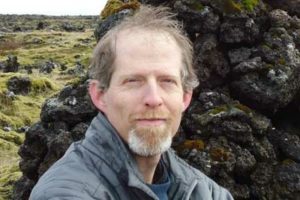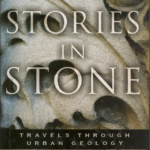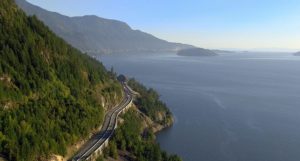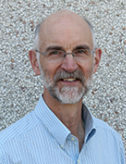
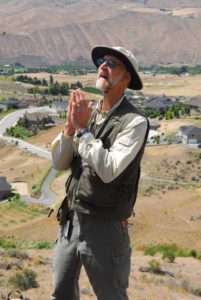
Ralph Dawes is originally from Edmonds, WA. He has a degree in literature from Antioch College in Yellow Springs, OH, and degrees in geology from WWU (BS) and the UW (MS, Ph.D.). He has taught at Wenatchee Valley College WVC) for 22 years. He is passionate about sharing how the geologic history of the Pacific Northwest gives insight into the landslides, floods, volcanic eruptions, and earthquakes.
From his bio at WVC:
Ralph Dawes started teaching at Wenatchee Valley College in the winter of 1999. His interests include geology, chemistry and physics, and in how the physical sciences can be learned by novices through group activities and interactive techniques. Field trips in earth science classes, in which the student learns to interpret the materials and structures of the earth for him or herself, is one of his favorite activities. He also has an interest in making use of technology to create new, high-quality educational opportunities for students, and does some of his teaching online.
Earth, from the core to the atmosphere, is a primary field of interest for Ralph, including relations among earth systems, of which humans are part and take part. Astronomy, from what you can see in the night sky to what you cannot see (black holes, dark matter) are another interest of his. How the earth sciences can be experienced through group activities and interactive techniques, are a constant pursuit. He also has an interest in making use of technology to create new, high-quality educational opportunities for students and does some of his teaching online. Ralph has been president of the Northwest section of the National Association of Geoscience Teachers and on a review panel of the National Science Foundation for Earth Science Education, among other professional activities.
Dawes presented “Earthquakes: Is the coast really toast?” during the first annual WVC Speaks Lecture Series.
Ralph is originally from Edmonds, Washington. He has a degree in literature from Antioch College in Yellow Springs, Ohio, and degrees in geology/geochemistry from Western Washington University (BS) and the University of Washington (MS, PhD). His dissertation topic was “Geochemistry and Petrogenesis of Deep-Seated, Late Cretaceous Plutons of the North Cascades.”
He enjoys hiking, camping, reading and free-time geologizing. (Updated Oct. 2021)

